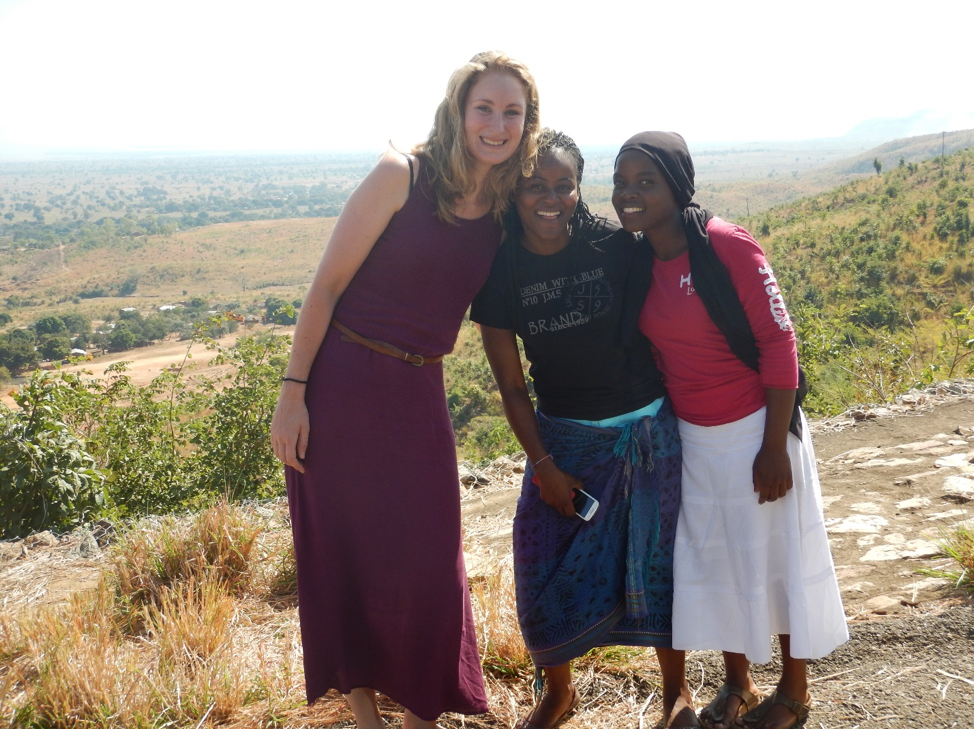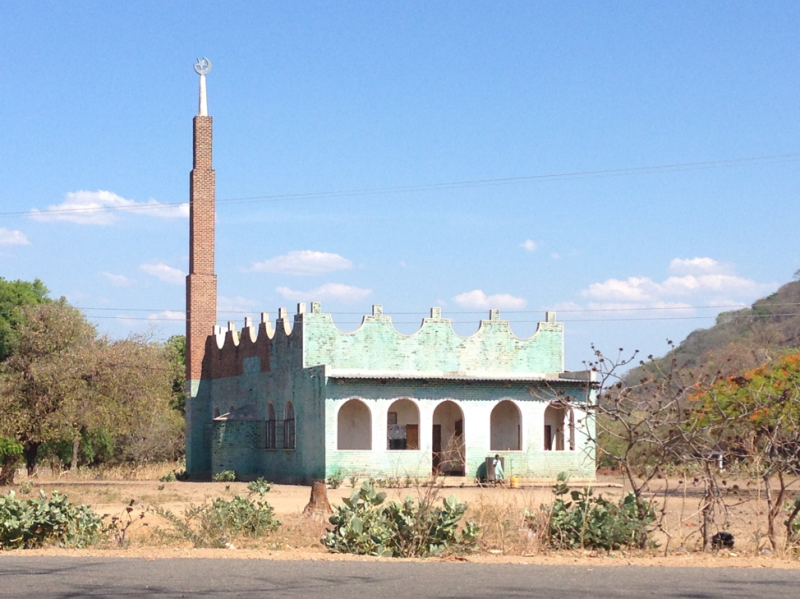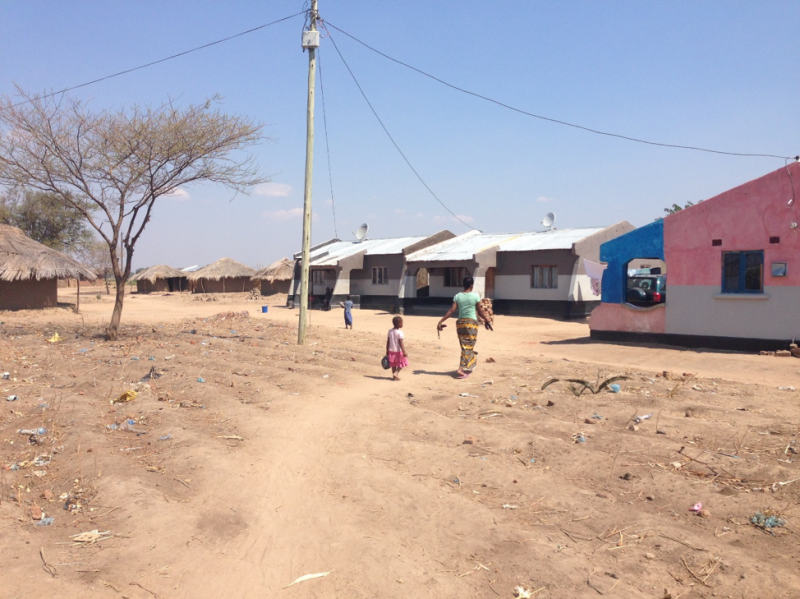Hanneke Pot, PhD candidate at Centre for Development and the Environment, University of Oslo, writes about how traditional practices are being used to explain teenage pregnancies in Malawi.
Read the original blog post here.
To Malawi for fieldwork
During my first weeks in Malawi, I met with a staff member of an International Non-Governmental Organization (INGO). Over a cup of tea, we discussed a possible location for my fieldwork. I was interested in studying the dynamic relationships between NGOs and local communities and how this shaped the implementation of a project aiming to reduce teenage pregnancies and keep girls in school. The Malawian INGO staff member was fascinated by Mangochi, a district which he described as having ‘bad’ indicators in the fields of health and education compared to the national average, but which on the other hand was quite developed in terms of economic activity. He mentioned that cultural values and practices were the main reason for these bad indicators. In other districts, he argued, people were more accepting towards programs. However, the ‘bad’ status of Mangochi was relative, as nationwide as much as 29 per cent of girls between the ages of 15 and 19 have begun child bearing and the median years of completed education for women aged 15-49 is 5.6 (for men 6.6) [1]. In Malawi, young motherhood was the norm.
Stereotypes at several levels
The more NGO staff and senior government officials I spoke to, the more I became aware of people’s strong stereotypical ideas about Mangochi: The dominant tribe in Mangochi – the Yao – did not value education because they were Muslims. They highly valued traditional practices such as initiation ceremonies and early marriages, aimed to protect their culture and therefore resisted development discourses. Having some prior knowledge of Islam, the logic of resisting western education out of religious conviction did not make sense to me. I knew Islam as a religion in which knowledge and education were highly valued. This puzzle fascinated me. How could elite Malawians’ perception of Islam be so different from mine? And why were traditional practices and culture so central in the explanation for the ‘bad’ indicators in Mangochi district?
A couple of weeks later I was on my way to Mangochi, a four-hour drive from the capital Lilongwe, crossing the mountains and fertile lands of Dedza district. The beautiful and peaceful scenery was somewhat in contrast with the immensely busy and vibrant atmosphere in Mangochi, located at the southern end of Lake Malawi. There were bicycles everywhere, transporting people, but also merchandise, between markets. On one side of the lake there were tourist lodges, the larger ones had conference halls, which were used for NGO-organized meetings. The population was ethnically mixed and residence to people from different parts of Malawi. The other side of the lake was calmer in terms of economic activity, and the population was more homogeneous Yao. I chose a village on the side with the mixed population as fieldwork location.
Conducting participant observation in the implementation of an INGO project with a behavior change approach and studying in-depth one rural area in which it was meant to make a difference, provided me with unique insights. I learned how the INGO staff ‘translated’ the content of the project to specificities of the district, how INGO staff and government stakeholders talked about the project and the target population during project meetings, but also how the project related to local realities in rural Malawi. One finding that stood out was the stereotypical portrayal of the Yao tribe, the overemphasis on a static uniform culture to explain bad indicators, and how this was in discordance with local realities shaped by poverty, daily uncertainties and lack of options to formal employment.
Emphasis on cultural and behavioral factors amongst INGO staff
Whereas the INGO staff attributed the Yao’s low educational attendance to a distant past in which they had resisted missionary education out of refusal to convert to Christianity, INGO staff completely passed over the influence of more recent events. The 1994 Free Primary Education policy had doubled the enrollment but deteriorated the quality of education. In the southern region of Malawi, this reinforced the idea that education was insignificant to secure livelihoods that were severely affected by the AIDS crisis [2]. There seemed to be no collective cultural or religious resistance towards education. Rather, to many villagers the importance of education was related to various notions of development. For some this meant a strong focus on tangibles, such as iron sheet houses, sleeping on a mattress, or having braided hair. To others, development meant envisioning getting an education and formal employment. Yet, achieving these dreams proved to be challenging.
When implementing interventions with a behavior change approach, discussions during INGO-community meetings were almost inevitably steered towards those factors that could be changed by the project: behavioral determinants. Although in private conversations INGO staff acknowledged the structural inequalities that characterized village life, they could not address these issues with the project. It was their job to convince local communities that education would lead to a better future, thereby constructing education and teenage pregnancies as oppositional. What therefore became the topic of discussion during INGO-community meetings were the behavioral and cultural factors that could be changed to achieve these aims. As such, poverty became a superficial factor, and culture the deeper layered problem, instead of the other way around.
Focus on culture reflects dichotomies
Through such meetings, INGO staff talked about tradition and culture as something static, as an entity in itself, uninfluenced over time. The fuss about ‘harmful cultural practices’ in Malawi seemed to reflect dichotomies between elites and villagers, modernity and tradition, urban and rural, educated and ignorant. As such, a project about reducing teenage pregnancies and keeping girls in school that appeared to be morally neutral due to its scientific underpinnings, played out as a moral discourse for rural girls and communities to abandon their traditional practices and become modern educated Malawians, blaming culture in its course.





